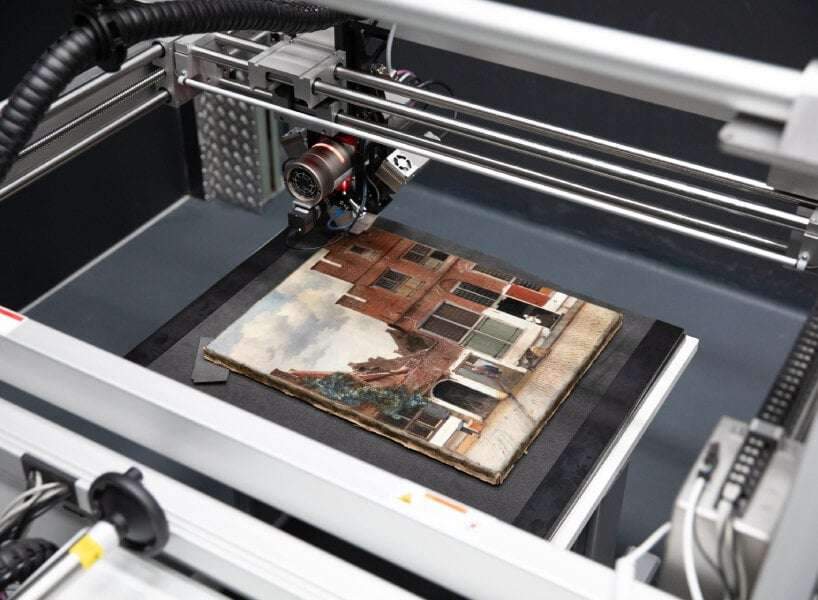Step Inside a Paris Apartment That Balances Coziness and Sophistication
This emphasis on the works of art served as a common theme to the apartment and led to the introduction of steles topped with vases and an intriguing mix of collectibles and design pieces: a Japanese screen, a Roger Herman vase, a Mario Bellini sofa, Spanish armchairs from 1930, and a contemporary coffee table by Jean-Claude Dresse among other items. “We wanted to create an atmosphere that felt grounded in a certain heritage—a bourgeois ambiance with a contemporary twist.” These include ceramics and brutalist pieces that contrast with the dining room’s more sedate atmosphere, with its carpet, classic table, and contemporary chairs. A mirror by Charles Tassin creates a contrast with vintage Italian lamps while both coexist in a space characterized by a calm, sophisticated harmony.
The bedroom suite is the only area of the apartment where Del Moro gave Moriconi precise instructions. He wanted an atmosphere inspired by the films of Pedro Almodóvar, with rooms dominated by single colors—a red bedroom and a green study. Rather than use only a single-color In each space, however, which could be oppressive in these rooftop rooms, the decorator worked with different shades of red and green, leaving the higher parts of the walls and the mansard roof in white. The result is an overall atmosphere that’s warm, nuanced, and elegant. Downstairs, the open-plan living areas are finished in white, with just a hint of ivory for the radiator covers, bookcase, and kitchen units, to better conceal them while highlighting the architecture of the space. The honey-colored parquet floor was an obvious choice, responding to the bold yellow sofa and contrasting with the more “serious” tones of the gray-green carpet, the black screen, and the dark wood armchairs. Khaki, green, white, beige, and both blond and dark woods colors combine to offer an elegant brutalist-inspired environ.
Aside from Del Mor’s requests regarding the bedroom suite and the placement of some pieces of art, Moriconi was given free rein on the project. “That’s what made it so interesting,” he says enthusiastically. “Working on projects like this is like a game of ping-pong, a constant exchange. We would go to the flea market, we’d choose works of art together. I don’t impose my style. I helped to guide him to something that matched his vision. It’s a residential project, he’s the one who’s going to live in it. That’s my way of working—I first understand what a client wants, how they’ll use the space, and then I can propose relevant choices.” Just as the decorator and the owner were engaged in a constant exchange, everything in this apartment responds to other items and aspects of the space: the stylish living room sits alongside the cozy dining room, the designer collectibles are paired with artworks and photos in a relationship that is rich in both contrasts and subtle agreements.

